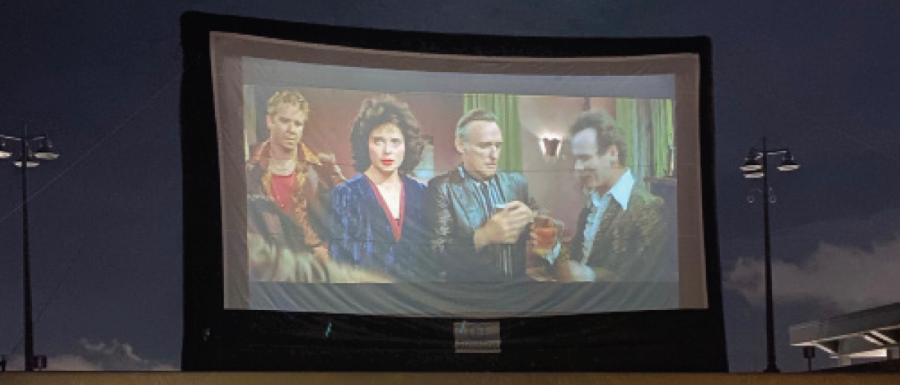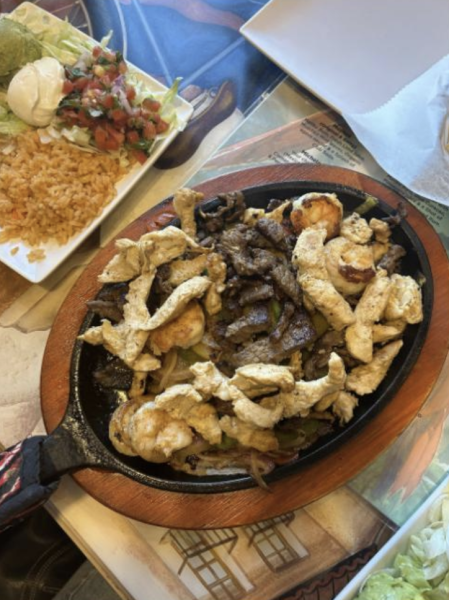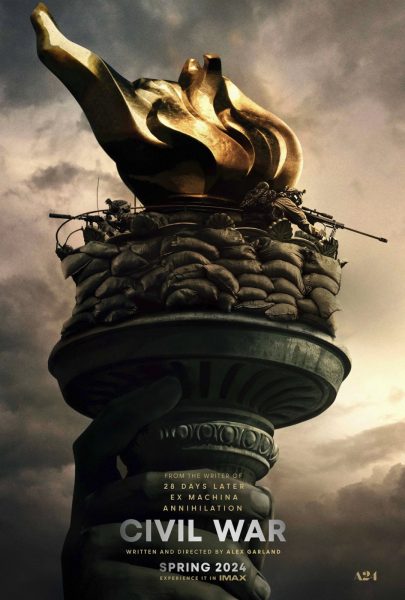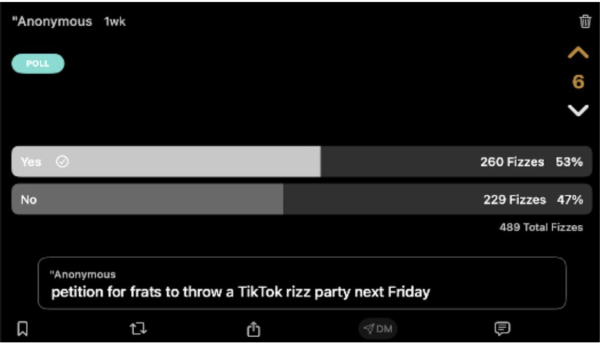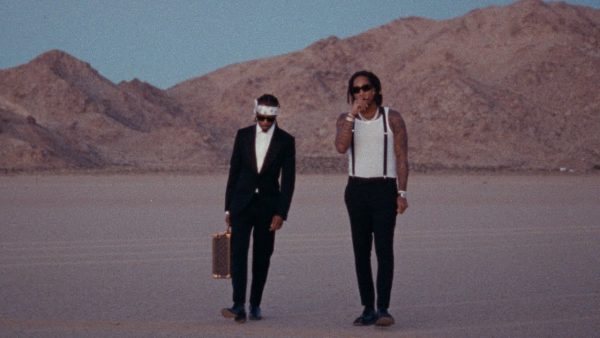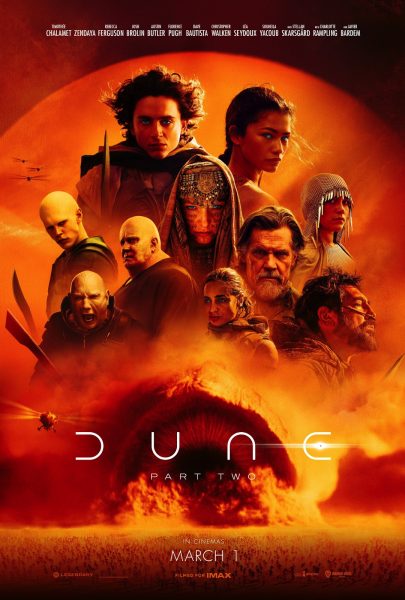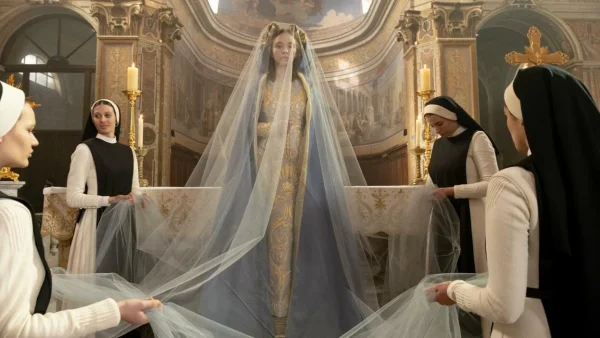‘Blue Velvet’ defines the American South
What Wilmington, the 1898 Coup and David Lynch mean to me
In 2020, when the world was somehow even stranger, movie fans flocked to drive-in theatres where they could view movies from the safety of their cars.
September 7, 2022
If you were to ask me what my favorite movie of all time is, I would easily say “Blue Velvet”. David Lynch’s 1986 surrealist, neo-noir is a feat of American filmmaking and culture. My reverence for this film comes not just from the film itself, but from a deeply experiential perspective. “Blue Velvet” is one of the 400-or-so productions that were filmed in Wilmington, North Carolina — just four hours southeast of Wake Forest. Wilmington has also been my home for the last 17 years, but one viewing experience of this film in September of 2020 dramatically changed the way I viewed the place I called my hometown.
For obvious reasons, the year 2020 was a challenging year to be a theatergoer. The pause of the traditional theatrical experience created a vacuum that people understandably wanted to fill. Enter: the drive-in movie — a relic of Americana long outmoded by the infinitely better modern megaplex, equipped with luxury stadium seating and the pervasive scent of butter. Wilmington was fortunate enough to be one of those communities that reanimated the long-forgotten corpse of the drive-in and they just so happened to do a screening of a little movie from 1986 called “Blue Velvet”. With historic downtown Wilmington lit by the setting late summer sun, my dad and I sat in our car on top of the community college parking deck, enthralled by a film that defined our city better than anyone had ever been able to before.
Much like Winston-Salem, Wilmington is an industrial hub with a special reverence for the arts. At the center of the port city’s downtown is Thalian Hall. Thalian is a historic performing arts center that shares space with city hall. This intersection of arts, commerce and politics is the heart of Wilmington’s identity. But much like the town of Lumberton, the central location of “Blue Velvet”, something very sinister lurks beneath the surface of the coastal city’s charming exterior.
Part of what makes “Blue Velvet” so effective is its relatively simple premise. It does not diverge far from a typical noir film, but it’s a genre that director David Lynch knows well. Yet, he continuously subverts the genre, injecting an unsettling form of surrealism that burrows deep into your subconscious. There is a pervasive dramatic tension that threatens to explode into pure evil at any moment, and it often does. But Lynch knows how to restrain his work — even the implication of violence is enough to create a foreboding atmosphere unlike any other. One of the things I find most fascinating about Lynch as a director is that he becomes engrossed in real-world imagery and then attempts to dissect it through filmmaking and cinematic art. For example, the darkness of “Blue Velvet” appears to be inspired by a real-life encounter Lynch had as a child. Isabella Rossellini, who plays the film’s principal character — the tortured lounge singer Dorothy Valens, recently explained on the A24 podcast: “David told me that one day when he came back from school he saw a woman naked walking down the street and he started to cry because he understood that something very wrong had happened…and that was the image that fragmented.”
Of all Lynch’s films, “Blue Velvet” is the most thematically impressive. He explores the idea of duality in suburbia, that a shining exterior conceals a hidden underworld. Lynch establishes this idea by juxtaposing the establishing shot of pristine roses against a white picket fence and a shot of beetles contorting in dead grass while a haunting low-end hum invades the soundscape. Lynch is very clearly explaining the foundational duality of America — we may be a country of tremendous wealth, power and opportunity but our destiny was forged through labor exploitation and violence. In short, look just beneath the surface and you’ll be horrified by what you find.
While this idea is directly applicable to America and the American South, it is also a reflection of Wilmington’s DNA. An unfortunately little-known fact about Wilmington is that it was the site of the first and only successful coup d’etat in United States history. In 1898, a violent insurrection perpetuated by a white supremacist army overthrew Wilmington’s progressive government. The mob killed hundreds of Black Wilmingtonians and displaced thousands more. The demography was radically transformed overnight, and Wilmington was forever scarred by this violence. Today, you can’t be in the city without noticing how geographically disparate the Black and white populations are. This was not accidental.
As the movie unfolded that September night, I connected with “Blue Velvet’’ in a way I hadn’t connected with a film before. I was shocked at how often I had driven by locations that were central to the movie on a regular basis. Suddenly, it felt as if a strange power had consumed my city. I was horrified to realize how inseparable the darkness of the film was from my hometown. Nothing quite looked the same. More than just the movie’s filming location, Wilmington is thematically symbolic of everything Lynch is attempting to do in “Blue Velvet”. It is a living, breathing representation of the shameful darkness Americans try to bury.
“Blue Velvet” would very likely be one of my favorite works even without my own lived experience in Wilmington. But with the added perspective of the city’s history, the film becomes something entirely different. “Blue Velvet” is more than a film. It is a cultural artifact that dissects the darkest moments of American history.


